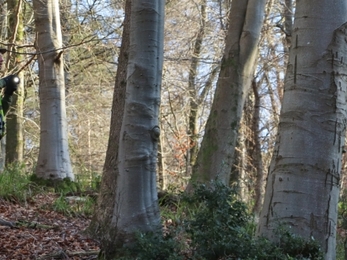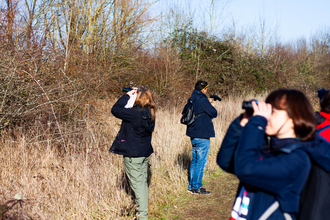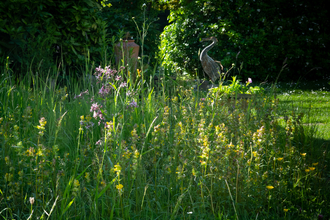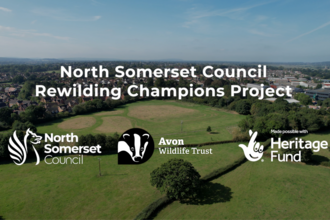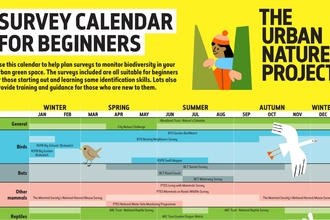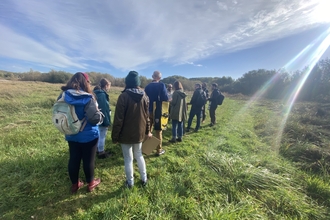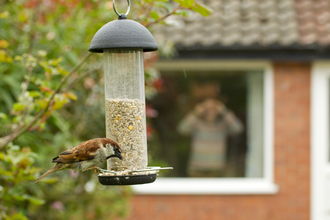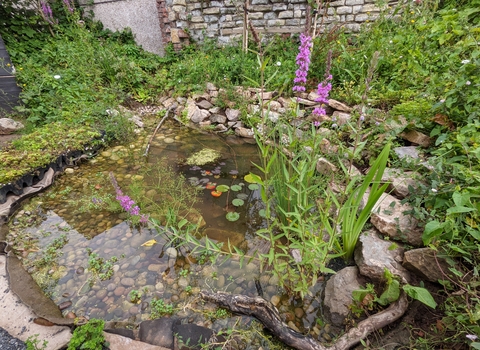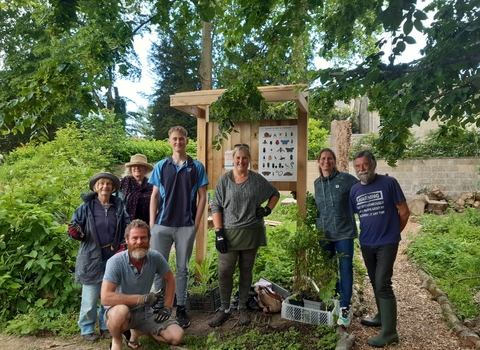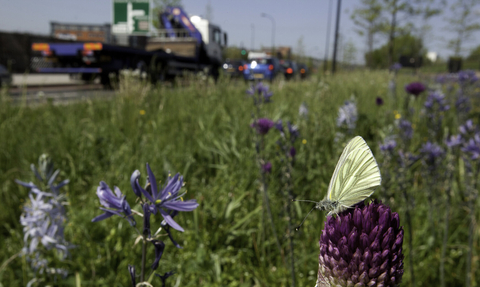
Wild flower planting in urban setting by Paul Hobson
Citizen wildlife reporting
Citizen wildlife reporting is power
Green spaces are invaluable resources for local people, their wellbeing, and the wildlife coexisting in these areas. With green spaces (particularly those that do not receive formal designations as Special Sites of Scientific Interest, or Local Nature Reserves) often being under threat from changes in land use and development, it is important that the wildlife present is recorded, and ideally, recorded way before the areas are considered for development in the first place.
Local Environmental Record Centres (LERCs) across the country are the principal services that are used to inform planning applications, local plans and nature strategies, for directing funding and more. Whether you are a keen birder, into your invertebrates, love long walks or want to formalise the presence of hedgehogs and badgers in your area, wildlife recording can be done by anyone. There are 4 key things to remember when making any wildlife record:
- Who
- What
- When
- Where
In Avon, Bristol Regional Environmental Records Centre (BRERC) is the organisation responsible for collating, verifying and distributing wildlife records, and anyone can contribute records to BRERC. Whilst popular apps such as iNaturalist are fantastic resources for identifying what you’re looking at, the records they collect are rarely of value to local record centres, especially if users apply the apps’ anonymity features. Therefore, Avon Wildlife Trust champions citizen scientists submitting records directly .
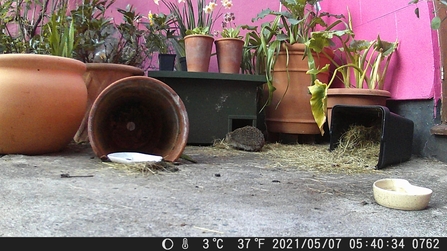
BS3 Hedgehog Project
Step by step instructions
- You can create an account for the BRERC website here, and follow the instructions on the home page. You’ll need to be verified before you can submit records
- Once your account is created, you can report individual sightings such as a group of 7 hedgehogs, or a single red kite, to this page: Submit a sighting | BRERC Online Recording.
- If you wish to do more of a survey, and collate many different sightings or species, there are a variety of forms you can print off or download here: BRERC Recording Forms which vary slightly based on whether you are going birding, looking at botany, or doing a general mixed survey of everything you find.
- Please submit the e-forms, or photos of printed record sheets to the email inbox records@brerc.org.uk.
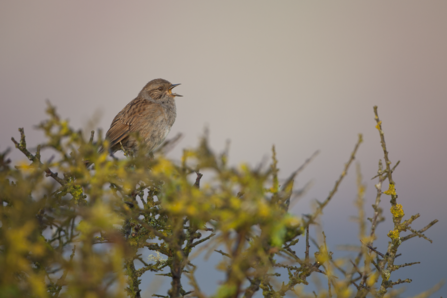
(c) Mark Hamblin/2020VISION
Other ways to record
Apps such as Nature Finder, Big Butterfly Count, Merlin Bird ID, iNaturalist, and PlantNet are all good ways of narrowing down what you’re looking at or listening to, and it helps to include a photo with any sightings on the BRERC recording website so they can be verified.
For botanical guides, a Collins Flowers Guide or Francis Rose’s Wildflower Key are good places to start. Record Pool is a service run specifically for amphibian and reptiles, and is great for recording toads, frogs, newts and their spawns. All records sent here are also fed back to LERCs, but also help Amphibian Reptile Group UK.
iNaturalist is fine to use, but please note… If you do wish to use iNaturalist and want your records to be useful, please ensure you do not anonymise the data, do not obscure the location, make sure you manually enter the location details, and change your licensing settings from the default to CC0. These are all features that make records usable for LERCs.
Surveys to get involved with
The above survey calendar from the Natural History Museum is a fantastic way to get into surveying - it details surveys throughout the year to suit varying skill levels and species.
Also the amazing Natural History Cosirtium have a few local events to get involved with:
Citizen Science Showcase 2025
If you're thinking about getting involved in a survey, I'd recommend going to an organised survey, such as with the Bat Conservation Trust who have local bat groups.Flappy Hour
Local survey: Flappy hour in Pill
Sue Adamson from Pill has a passion for bats. She got together with a few people local to her who were also interested in bats and started ‘flappy hour’ inspired from the Bat Conservation Trust ‘sunset surveys’. Everyone is encouraged to spend an hour at sunset looking for bats. It is aimed at anyone and everyone and is a great way of taking action for nature locally, hanging out with other people and doing your bit for the environment.
Bats are amazing nocturnal flying mammals – not only are they pollinators but also excellent indicator species for local biodiversity, showing us a lot about the state of the environment. Bats matter! Get batty about them and learn more by taking part in a bat survey or joining a local bat walk.
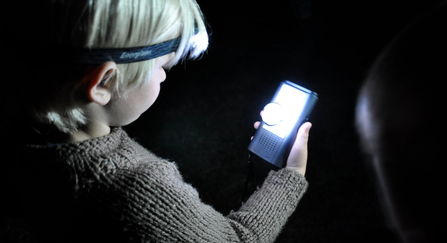
WildNet - Emma Bradshaw
When: April to October, just before or after sunset.
Where: experiment locally! Gardens, community spaces, near bridges or mines, wooded areas. Some bats fly high in the sky, others low near water. Flappy hour in Pill has many amazing locations, such as local greens, churches and near to the old railway line and bridges.
How: Bat Conservation Trust Sunset Surveys (national), North Somerset Bat Survey (if local).
Species: They have spotted 13/17 bat species!
Data: Sue adds her bat survey records to BREC, as well as submitting data to the North Somerset Bats survey, who look after the data themselves. Flappy hour publish their data.
* Please note that as bats are european protected species, survey methods to investigate them (but presence absence surveys) require legal licenses. So we recommend attending an organised bat survey to start with, like Sue did.
Bat walks also appeal to everyone! Families are welcome and kids love to get involved. Sue said that local kids looked like they were watching fireworks when looking for bats – they were super excited. One boy in particular asked for a bat detector for Christmas! What an amazing way to provide inspiration and spark imagination and curiosity about proptecting local wildlife.
Find out more on this Team Wilder wildlife champions podcast
See flappy hour events on Facebook groups:
The Daily Pill and Nature in the back gardens of Pill and Easton in Gordano
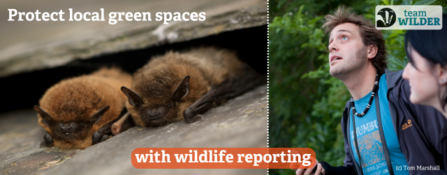
Tom Marshall
Local survey: on site at Grow Wilder
Surveying in one place, over time is powerful and insightful. It builds a clear picture of biodiversity and provides evidence of increases or decreases in species. Grow Wilder has used iNaturalist (with the settings changed as detailed above) to learn more about the site and see an increase in biodiversity as a result of wildlife gardening.
Anyone on iNaturalist can log species sightings at Grow Wilder and contribute to the project.
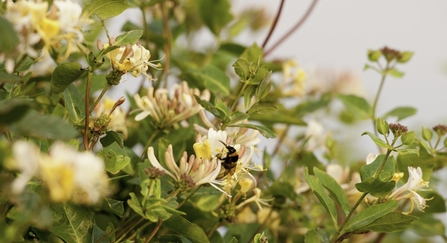
Honeysuckle {Lonicera periclymenum}, Denmark Farm Conservation Centre, Lampeter, Wales, UK. June 2011. - Ross Hoddinott/2020VISION
As demonstrated, tried and tested at Grow Wilder on many occasions, wildlife reporting or surveying can demonstrate increases or decreases in species according to habitat. A greater diversity of plants determines a greater diversity of invertebrates.
Eg. Planting honeysuckle is amazing for attracting long tongued moths, such as the honeysuckle moth and the hummingbird hawkmoth. By also planting Lady's bedstraw, their full life cycle is supported as it provides food for the caterpillars of these moths.
Final word
By building a better picture of the wildlife that you know exists in your area, we can help local authorities prioritise areas of value, we can track the spread of invasive species, and we can understand the populations of our wildlife like never before.
Resources
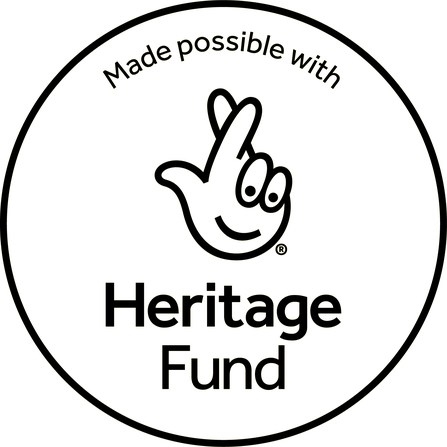
National Lottery Heritage Fund
Advice given by the Team Wilder Community Ecologist, was made possible with the National Lottery Heritage Fund.

(C) Hannah Bunn
Be part of Team Wilder
All actions for nature collectively add up and creates life for people and wildlife.
Share your actions for nature to inspire and motivate others.
Talk about what you do to make these actions part of everyday life.
Share and tag us on @avonwt on social media as well.
Log your actions for nature on the map


